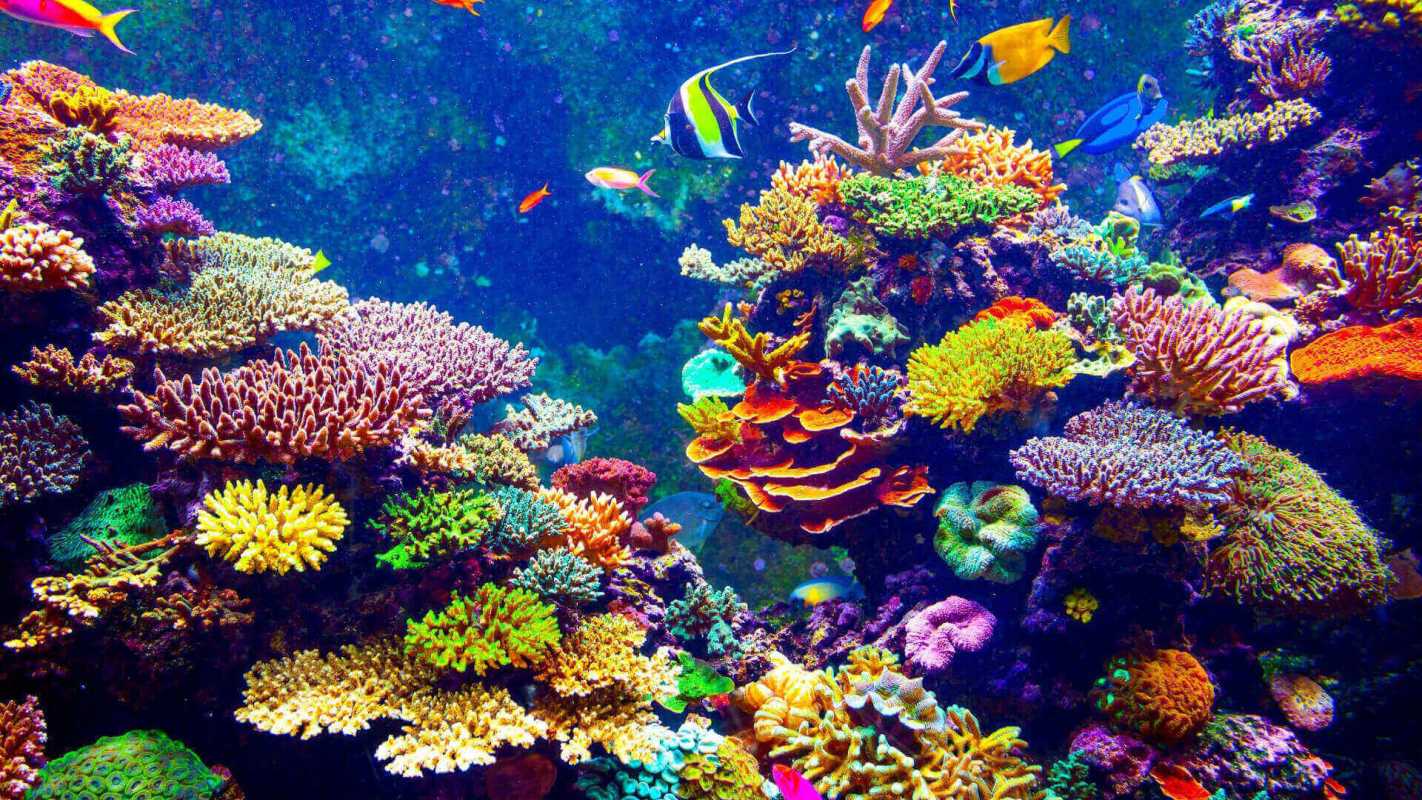It's no secret that coral reefs are struggling to survive in our changing climate, but scientists and conservationists are using a shockingly inventive technique to heal them.
To help corals regrow, researchers are zapping them with electricity.
Why electrocute coral reefs?
Coral grows super slowly at a pace of about a fifth of an inch per year. So when they get harmed by bleaching events, warming waters, or even dynamite, it can take a while for them to recover.
Luckily, scientists discovered that instead of waiting for nature to take its course, they can set up a "skeleton" of steel on which coral polyps can multiply. Scientists send a small current through the steel, supercharging the growth of calcium carbonate, the backbone of reefs.
The idea to strike coral with electricity isn't new. Dating back to the 1970s, the process, known as creating "Biorock" or "seament," has been shown to grow calcium carbonate onto steel structures underwater.
While initially developed so that we could build underwater, making seament can speed up the growth of reefs up to six times as fast, according to the architects of the Biorock creation process.
Creating Biorock is also quite sustainable with no need for mining or less sustainable materials. Plus the electricity that strikes the steel can be sourced from clean energies like wind or solar power.
How zapping coral is helping
The developers of the Biorock process run the Global Coral Reef Alliance and have built hundreds of electrified artificial reefs in over 45 countries. And using Biorock isn't just proving to regrow coral quickly.
Using these supercharged steel skeletons may actually make reefs more resilient to natural disasters. There's evidence to suggest that Biorock reefs can survive bleaching events repeatedly while natural reefs do not. Additionally, they may be more likely to withstand intense storms.
Coral reefs also absorb carbon pollution, meaning that helping coral stay healthy can help us deal with the overheating of the planet.
In a time where these beautiful reefs provide habitat for all sorts of animals, we need all the strategies we can get. This energized tactic can help us sustain reefs across the world.
Follow The Cool Down on Instagram and subscribe to our newsletter.








